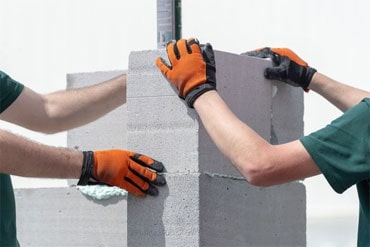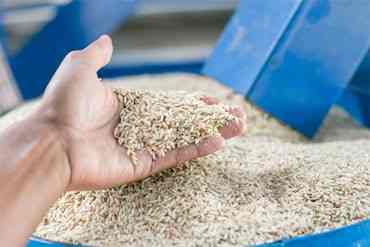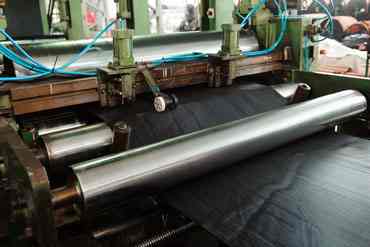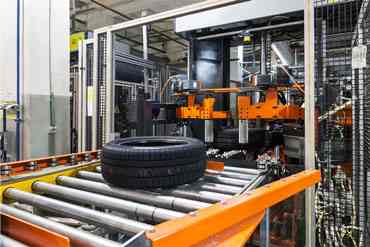Steam Trap Selection by Safety Factor and Life Cycle Cost
Steam Trap Selection & Safety Factor = Life cycle cost:
Capex + Opex= Life cycle cost.
This particular section focuses on minimum Safety Factor to be considered as per condensate load & accordingly selecting type of the steam trap. This selection helps to address during the sudden surge in the process.
Safety Factor:
Safety Factor provides a margin of safety, specifically on instances when condensate load exceeds predicted values. Safety Factor is used when selecting steam trap’s required discharge capacity.
The estimated condensate load should always be multiplied by the recommended safety factor for Selection of the Trap.
| Steam Trap Type | Minimum Recommended Safety Factor |
| Thermodynamic | 1.5 |
| Thermostatic | 2 |
| Bucket | 2.5 |
| Float Type | 2 |
| Bimettalic | 2 to 3 |
For many reasons the steam trap will be not able to handle on field the condensate loads given in the capacity tables. These reasons are:
- Type of discharge (intermittent or continuous), check if different pressure traps are connected in the common line,
- Improper drip legs & root isolation valves in main line trapping system,
- Improper steam system designing,
- In correct selection of traps, w.r.t. process, location, capacity etc.
- How the condensate reaches the trap,
- Improper condensate draining arrangement,
- Improper connection of condensate line in condensate header,
- Hook up of the trapping system, open & close loop
- Presence of large quantities of air due to improper venting,
- Influence of other traps discharging in the same return line with proper isolation,
- Improper line size for condensate & condensate header
Moreover there may be incorrect assumptions in the condensate load calculation and it is necessary to take into account that at cold start – up the quantity of condensate to be discharged is a lot more than at running conditions. The safety factor is influenced by at least two elements: peak condensate load at cold start and the trap

 Aerated Concrete Block Industry
Aerated Concrete Block Industry  Brewery Industry
Brewery Industry  Captive Cogen Industry
Captive Cogen Industry  Chemical Industry
Chemical Industry  Dairy Industry
Dairy Industry  Edible Oil Industry
Edible Oil Industry  Fertilizer Industry
Fertilizer Industry  Hotel Industry
Hotel Industry  Pharma Industry
Pharma Industry  Rice Industry
Rice Industry  Rubber Industry
Rubber Industry  Soap Industry
Soap Industry  Sugar Industry
Sugar Industry  Textile Industry
Textile Industry  Tyre Industry
Tyre Industry